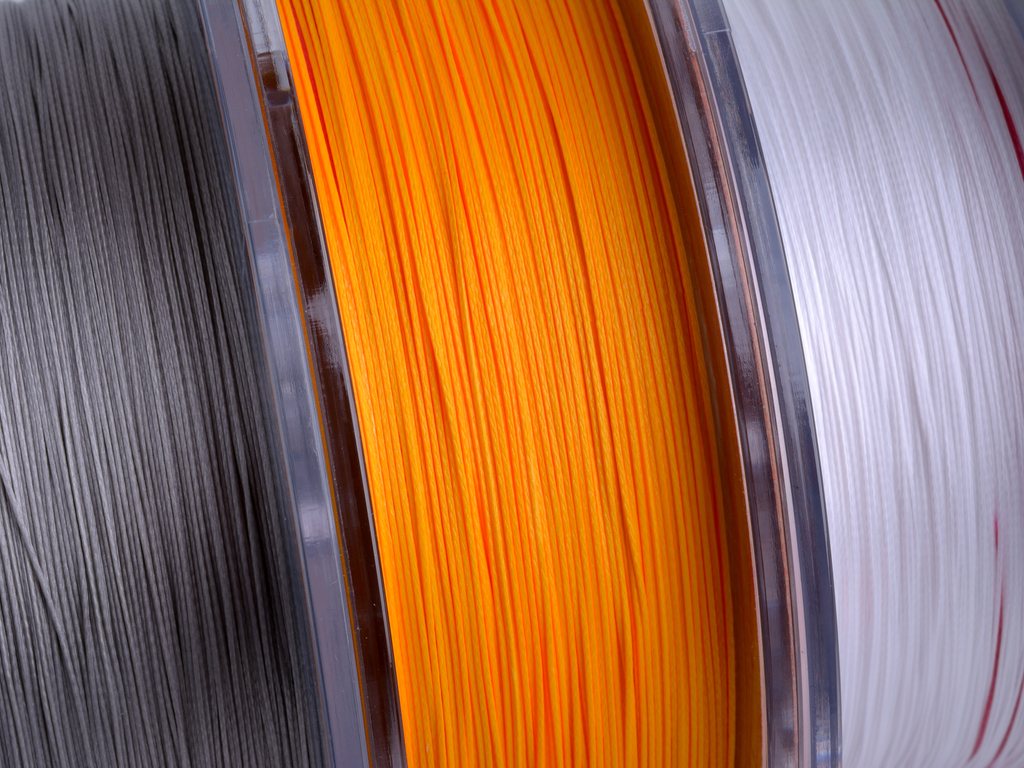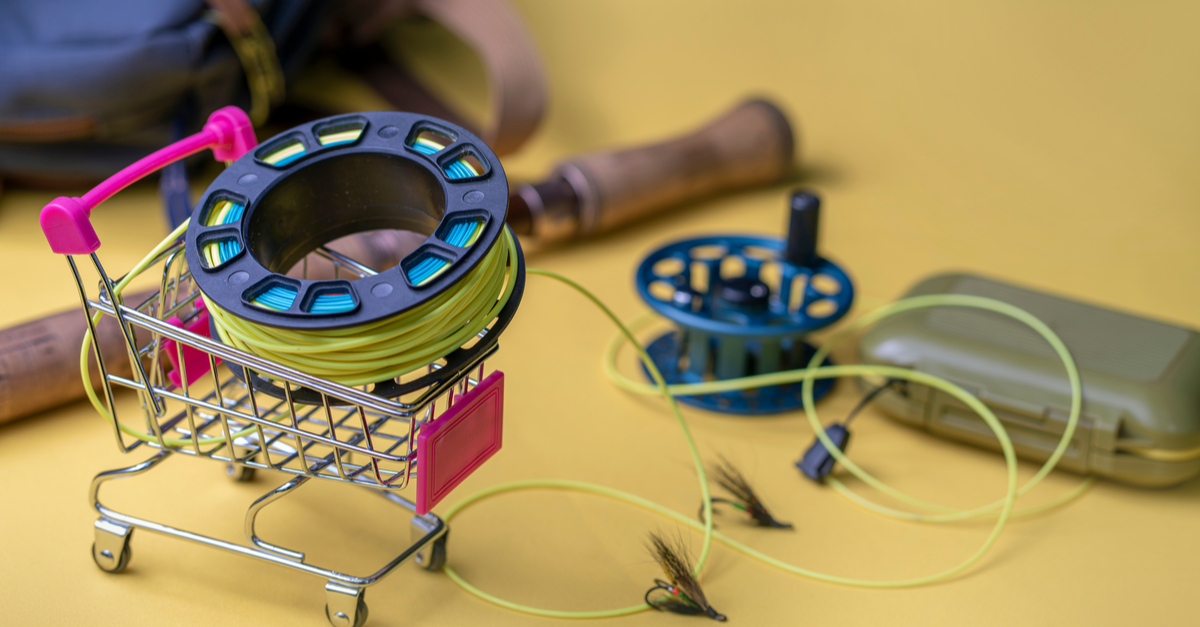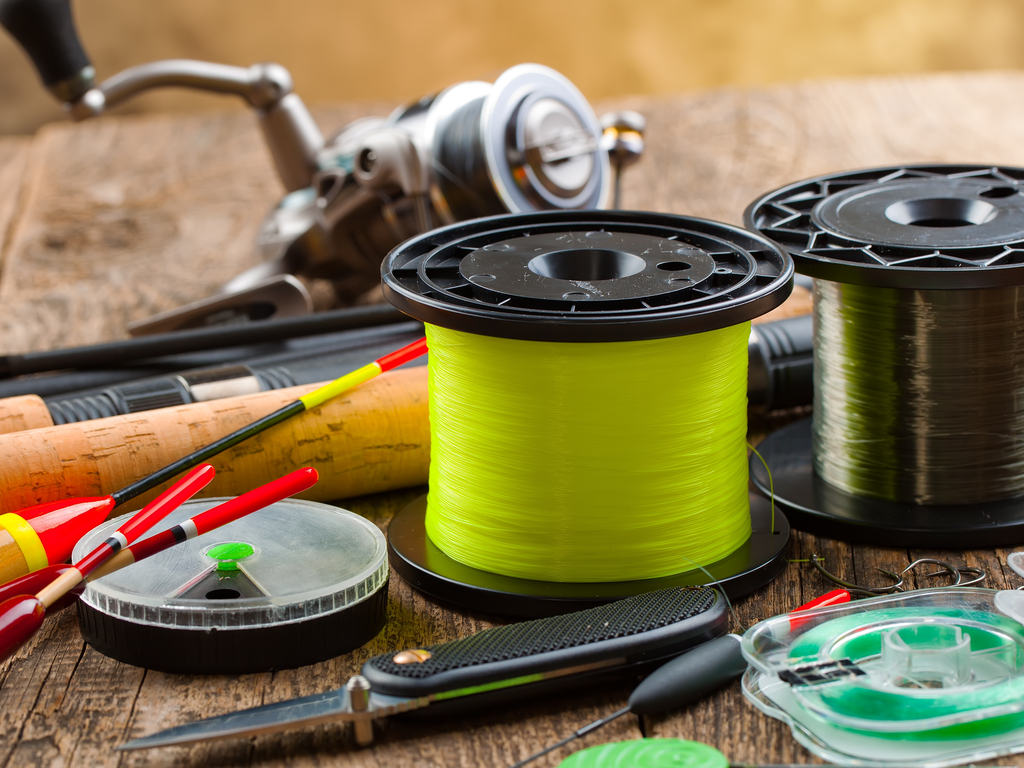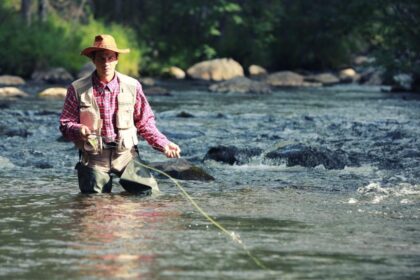When fishing for trout, you want to be sure to use the right type of line to set up your rig. The most commonly used fishing line when angling for trout is the 4 lb or 6 lb line, although you should choose a heavier line for larger species or faster-moving waters.
In this article, we will review the different fishing line weights that are appropriate for trout fishing. We’ll also instruct you on how to set up your trout rig. Additionally, we will provide you with some of the top picks for trout fishing lines in 2022.
Trout Fishing Line Weight

Since trout can come in different sizes and fighting strengths, there are a variety of options to use for line weight. Typically, you can use anywhere between a 2 lb and an 8.5 lb line to effectively fish for trout.
If you are targeting larger species or fishing in a river with a strong current, you are better off going with a heavier weighted line like an 8 lb. For steelhead, or sea-run rainbow, trout, a 13.5 lb to 15.5 lb fishing line is needed. These fish tend to be bigger, put up more of a fight, and swim in areas with faster flow.
Fishing Using a 4 lb or a 6 lb Line
The most common type of line used for trout fishing is a 4 lb or 6 lb line. Typically, a 4 lb line is more commonly used by trout fishermen who fish in smaller creeks or areas with slow-moving or still waters.
A 6 lb line is more appropriate for river fishing for trout. This is where it may be a bit stronger and the trout have room to run on the line.
How to Set Up Trout Fishing Lines
If you’re not fly-fishing for trout and simply want to set up a trout line for bait fishing, there are a few basic materials you will need to acquire. You will need a rod and reel, fishing line, hooks, bobbers, sinkers, and bait.
Research the area you’ll be trout fishing and the species you’ll be targeting ahead of time in order to choose the right fishing line weight and bait. For bigger fish and stronger currents, go with a higher test fishing line. For bait, follow the regulations of the area and try to match it to the target species’ normal diet.
Tie the hook to the end of the fishing line with a basic, improved clinch, or Palomar knot. Thread your split shot sinker through the line about ten to fifteen centimeters above the hook. At the other end of the line, attach the bobber.
Once your rig is complete, hook your trout fishing line onto the running line of your rod and reel.
Don’t forget to bait your hook before deploying your rig! There are some other specialized trout fishing rigs that can also be helpful to use in different kinds of trout waters. They come in handy when fishing under special circumstances.
For lake fishing during the summer when trout tend to hang out in the deeper, colder areas of a large body of water, the sinking bait trout fishing rig will come in handy.
If you go trout fishing in shallow streams or slow-moving waters where the sight of a fast-moving bobber means you’ve got one on the hook, the float fishing trout rig is the setup to choose.
For a flashy way to catch the eye of a trout, use the lure rig setup instead of bait. The spinning motion and bright colors are sure to attract a sizeable catch in most trout waters.
Best Trout Fishing Line 2022
The best trout fishing line for 2022 are those made from fluorocarbon. It is prized for being strong yet easy to work with as well as virtually invisible underwater. The three top picks for fluorocarbon trout fishing are KastKing FluoroKote, Stren Fluorocast, and Berkley Vanish.
Some honorable mentions for fluorocarbon trout fishing lines include the following:
Sunline Super FC Sniper, Seaguar STS Trout / Steelhead Fluorocarbon Leader, P-Line Fluoroclear, and KastKing Kovert.
While fluorocarbon fishing line is the clear winner, monofilament fishing line is still a popular option among trout fishermen as well.
For buying a specific line, check out this great article. For information on tying fishing knots, check out our article.




